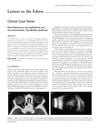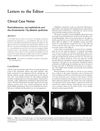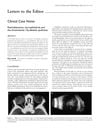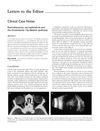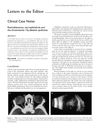Clinical Case Notes: Tamoxifen Optic Neuropathy
February 2004
in “
Clinical and Experimental Ophthalmology
”
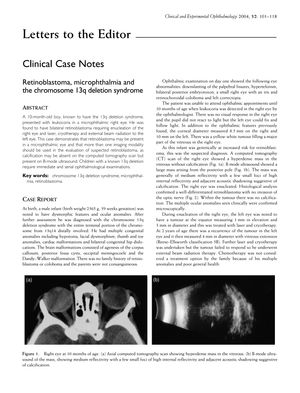
TLDR A boy with chromosome 13q deletion syndrome developed eye cancer, a woman with breast cancer lost vision due to a rare side-effect of her treatment, a man's vision worsened after using a hair loss drug, and two rare disorders were discussed. Optical Coherence Tomography is useful for diagnosing and monitoring these conditions.
In 2004, several case studies were conducted on various eye conditions and their potential causes. One study involved a 10-month-old boy with chromosome 13q deletion syndrome who developed retinoblastoma, emphasizing the need for regular eye examinations for children with this syndrome. Another case involved a 68-year-old woman with metastatic breast cancer who experienced progressive vision loss due to tamoxifen toxic optic neuropathy, a rare side-effect of her cancer treatment. A third case involved a patient who experienced worsening vision after using Propecia (finasteride) for 3 years, suggesting a potential link between the hair loss drug and the development of cataracts. The document also discussed Lipoid Proteinosis, a rare, inherited disorder characterized by persistent skin and mucous membrane papules, and Adult-onset Foveomacular Vitelliform Dystrophy (AOFVD), a disease characterized by a subretinal foveal yellow lesion. The use of Optical Coherence Tomography (OCT) was highlighted as a useful tool for diagnosing and monitoring these conditions.
